8 Most Popular Dog Colors You Can See
30.10.2020.
If you are a dog person like we are, then you probably already know that dogs come in all sorts of colors and patterns. Some of these colors are pretty self-explanatory, while others can be pretty confusing and even sound mysterious.
When we started our journey in this fantastic dog world, we encountered strange color and pattern names like Piebald, Merle, and Bluetick. Naturally, we wanted to find out more and decipher this often confusing language used to describe dog colors.
Coat color
The basic coat color in dogs is usually pretty straightforward to understand. There isn’t much room for confusion if you hear a term like white dog, brown, black, or grey dog. Dogs’ basic color is the one that covers their body and is the most dominant color on their coat.
A dog’s coat has many purposes, and the primary goal is to protect the dog from weather conditions and trauma like scratches. Although these animals belong to the same species, they can have very different coats. Your dog’s coat was developed and influenced by many things, such as selective breeding and the environment. Logically, a mountain dog whose job is to protect sheep has to have a thick double coat that will insulate them from extreme colds and potential predator attacks.
There are over 400 internationally recognized breeds (according to the FCI), and all of these breeds have a detailed standard that describes their coat color and patterns. The coat also plays a vital role in confirmation, and a dog is usually awarded points or penalties based on their coats.
Most dog breeds can come in;
- Solid coat (one color)
- Two-colored coat
- Three-colored coat
- Brindled or Striped coats
- Dotted coats
Most common dog coat colors
The most common dog coat colors are black, brown, and white. It is not only because most dog breeds come in these colors but also because these three colors are associated with the most popular dog breeds in the world, like Labradors, German Shepherds, Poodles, Samoyeds, etc.
How does a dog get its color?
All available coat colors are a product of two main color genes - black and red. Dogs have a black gene called eumelanin, and red called phaeomelanin. Both of these pigments are a form of melanin and combined can produce all coat colors available.
This is the part where other genes start playing roles and start “modifying” two basic colors.
- Eumelanin (black gene) that was modified by other genes can produce liver (brown), isabella (pale brown), and blue (grey) colored dogs.
- Phaeomelanin (red gene) influenced by other genes can produce gold, yellow, tan, orange, red (think of Irish Setter), and cream.
If you mix these two, a whole other pallet of colors can be created, and you never know what a dog’s color will end up looking like.
Dog color description
To help you better understand each coat color’s definition, we prepared a list of color names, and we will describe them, so you know what to expect if somebody tells you a color you are not familiar with.
1. Brindle dog
Brindle is a name for a specific pattern in a dog’s coat. It is manifested in tiger-like stripes on the coat. These stripes are usually black or dark brown. The brindle markings can be found in breeds like the Dachshund, Presa Canario, Cane Corso, Boxer, Spanish Galgo, etc.
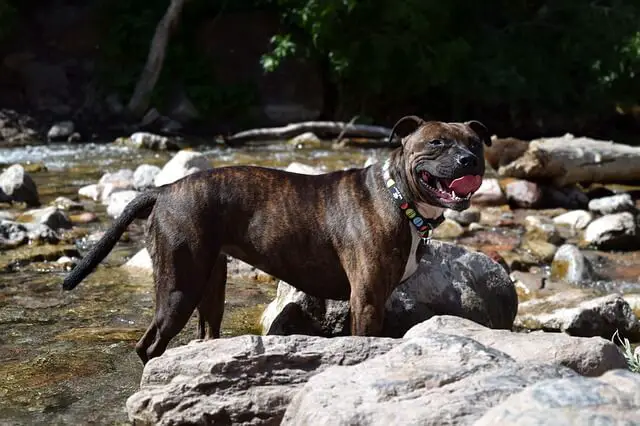
2. Merle dog
Merle is a pattern that can appear in dogs that have a Merle gene. It is a pattern of irregular, mottled patches of darker hair over lighter hair, usually of the same shade of pigment. Merle can affect all coat colors and is generally found in breeds like
- Australian Shepherds,
- Scottish Collies,
- Corgis,
- Shetland Sheepdogs.
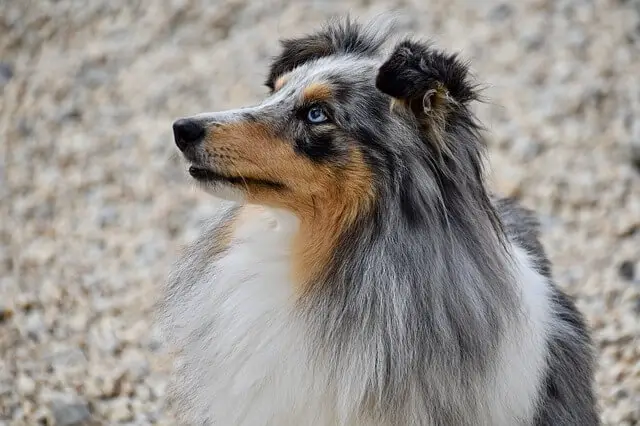
3. Albino dog
Although white-colored dogs seem pretty plain and simple, we had to put them on this list because it needs to be distinguished from albino dogs. White-colored dogs have pigment, while albino dogs lack pigment. Albino dogs usually have a deficiency of melanin and the enzymes that produce them. The difference should also be seen in their eyes.
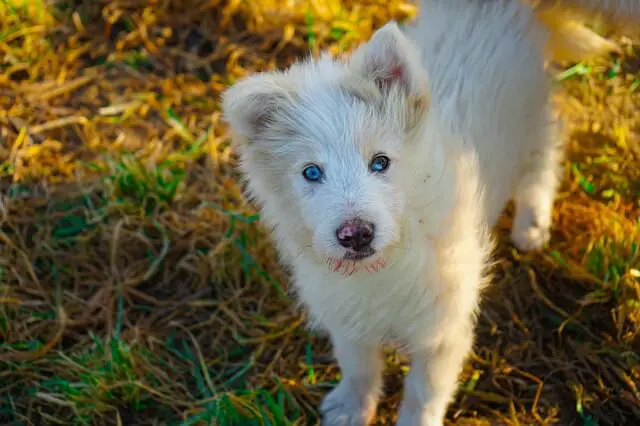
4. Harlequin dog
Harlequin is also a name given to a specific coat pattern and is usually found in breeds like the Great Dane. This is a combination of basic white color and black patches all over the dog’s body.
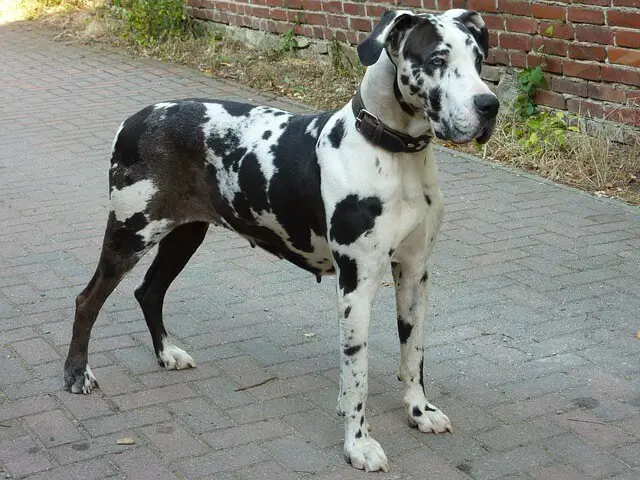
5. Blue dog
When a dog owner or dog breeder says they have a blue dog, it is not the blue color we are accustomed to. These dogs are grey, and the color is created as a dilution of the color black. Also, it can have different meanings for different breeds. Dogs that are born black but whose coat starts “greying” as they grow up can be called blue.
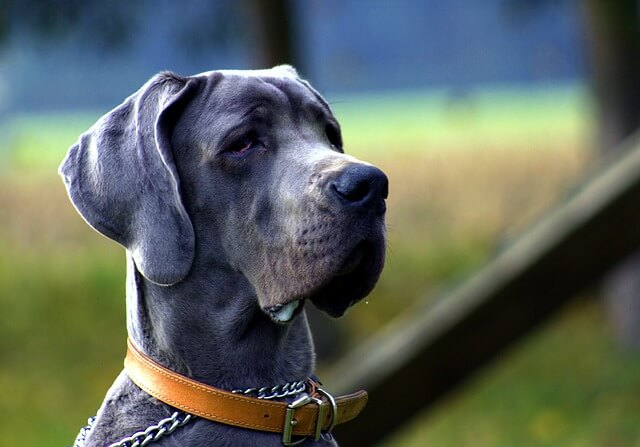
6. Piebald dog
Dogs that have a non-white basic color and white spotting occur are called piebald. It is a specific pattern that is not unique to dogs and can often be found in other species. A Brown and white piebald dog is essentially a brown dog with white spots.
7. Isabella dog
Isabella is another name that was given to a specific dog color. It is also often called lilac. Isabella or lilac is a color that can be described as a pale, greyish brown color. It can only be created if a liver-pigmented dog has a dilution gene. This color is the color of the Weimaraner dog breed.
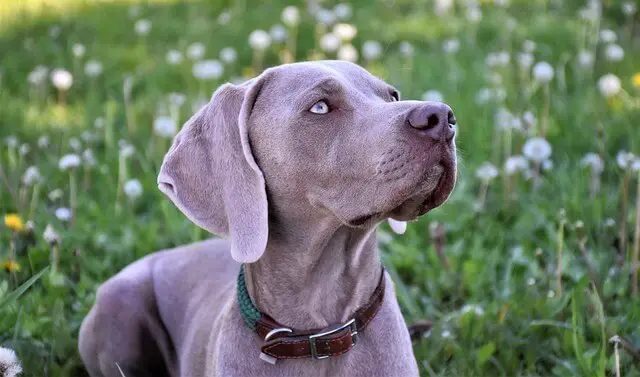
8. Mottled dog
Mottled or spotted dogs have one or two basic colors, and on top of that, they have dark, round spots. Different breeds have different colored spots. If you are not sure about any breed or it is allowed to have mottled markings, check their official standard.
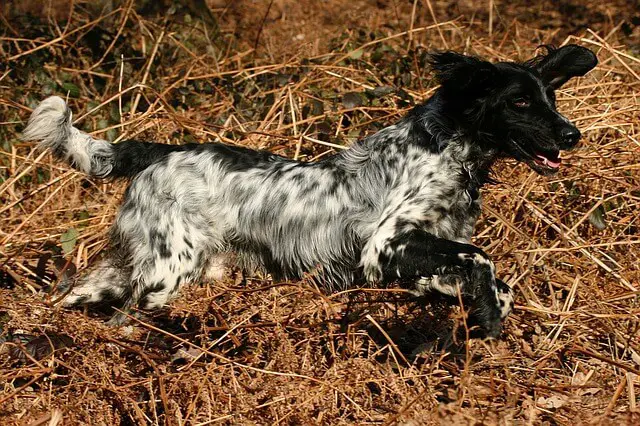
World Dog Finder team

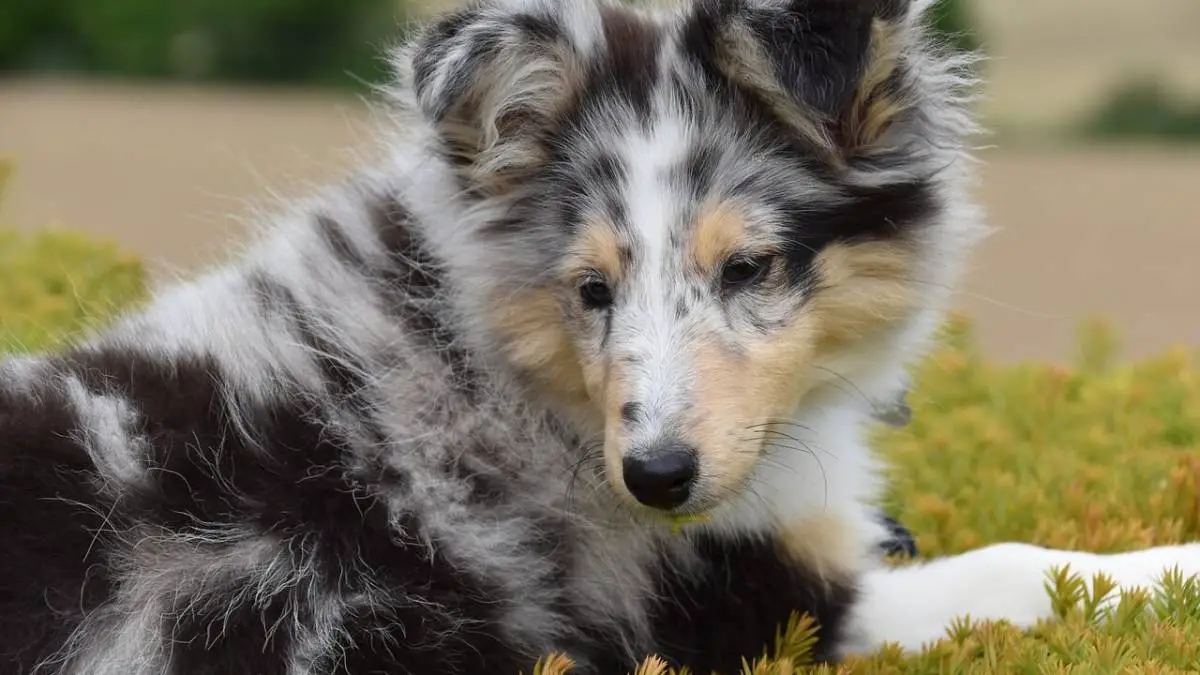

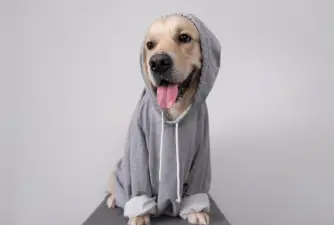
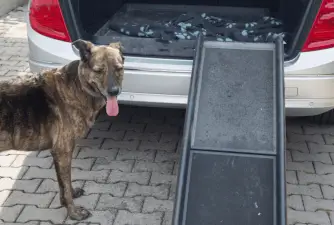


Share